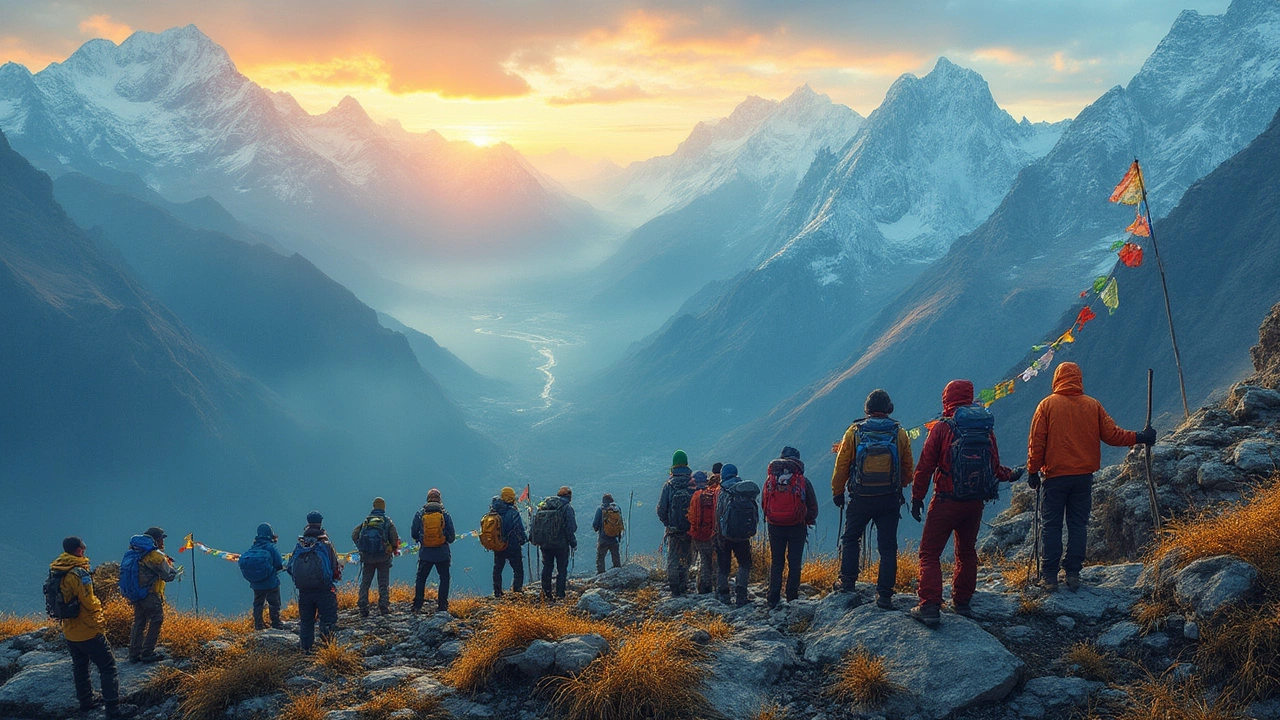
Introduction: Walking Into Adventure
Hiking and trekking are more than physical challenges — they’re journeys through some of the most spectacular landscapes on Earth. Whether it’s climbing through snowy peaks, wandering ancient paths, or trekking across desert dunes, these trails offer a mix of adventure, culture, and natural beauty.
Inca Trail, Peru
One of the world’s most iconic treks, the Inca Trail leads to Machu Picchu.
- Highlights: Ancient Incan ruins, cloud forests, and breathtaking mountain passes.
- Adventure Factor: A blend of history and geography, ending at the Sun Gate overlooking Machu Picchu.
Everest Base Camp, Nepal
A bucket-list trek for adventurers worldwide.
- Highlights: Stunning views of Everest, Sherpa villages, and Buddhist monasteries.
- Adventure Factor: High-altitude trekking with the reward of standing at the foot of the world’s tallest peak.
Kilimanjaro, Tanzania
Africa’s tallest mountain offers a challenging yet accessible climb.
- Highlights: Diverse ecosystems — from rainforest to alpine desert to glacier summit.
- Adventure Factor: Reaching Uhuru Peak at 5,895m, the “Roof of Africa.”
Appalachian Trail, USA
At over 3,500 km, it’s one of the longest hiking trails in the world.
- Highlights: Runs through 14 states, with forests, mountains, and wildlife along the way.
- Adventure Factor: A test of endurance for long-distance hikers, though shorter sections are also popular.
Tour du Mont Blanc, Europe
This circular trail passes through France, Italy, and Switzerland.
- Highlights: Alpine villages, glaciers, and sweeping views of Mont Blanc.
- Adventure Factor: A cultural journey across borders combined with rugged alpine hiking.
Annapurna Circuit, Nepal
A classic trek in the Himalayas with dramatic scenery.
- Highlights: Snow-capped peaks, Buddhist shrines, and the Thorong La Pass at 5,416m.
- Adventure Factor: One of the most diverse treks, offering mountain, valley, and cultural landscapes.
W Trek, Patagonia, Chile
A trek shaped like the letter “W” through Torres del Paine National Park.
- Highlights: Granite towers, glaciers, turquoise lakes, and windswept plains.
- Adventure Factor: A mix of rugged conditions and unforgettable scenery.
Tips for Trekking Safely
- Train your body before attempting high-altitude treks.
- Travel light but carry essentials like first aid and water filters.
- Respect local cultures and environments.
- Always check weather conditions before setting out.
Final Thoughts: Trails That Transform You
From South America’s ancient routes to Asia’s towering mountains, hiking and trekking trails connect travellers with the raw power of geography and culture. Every step is both a challenge and a reward — a reminder that the best adventures are often found on foot.

